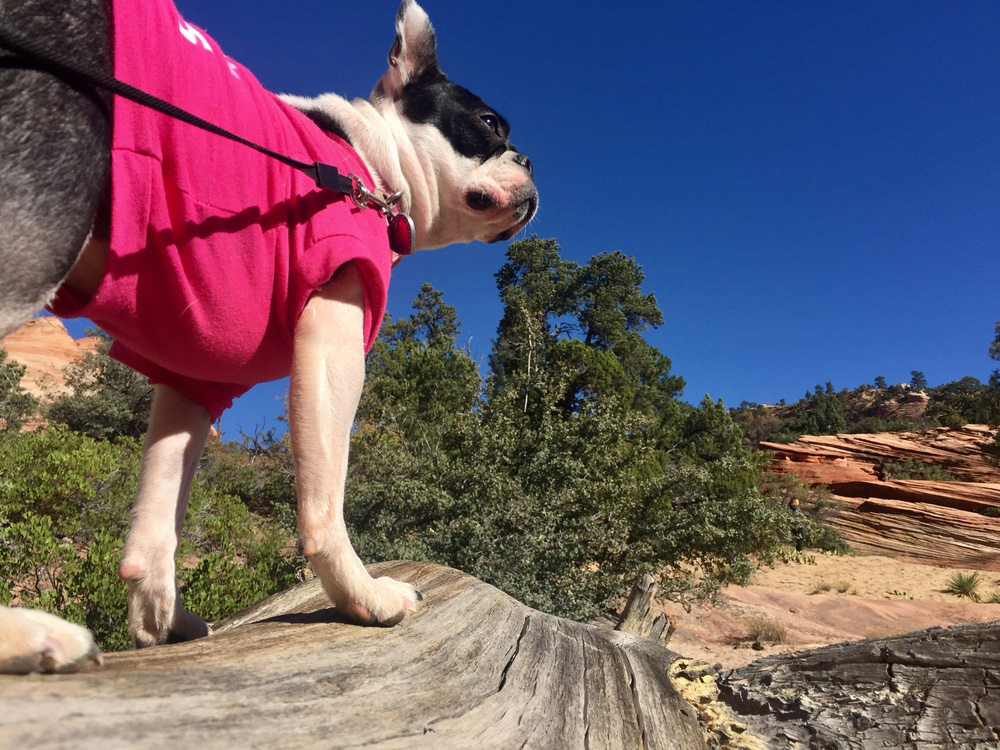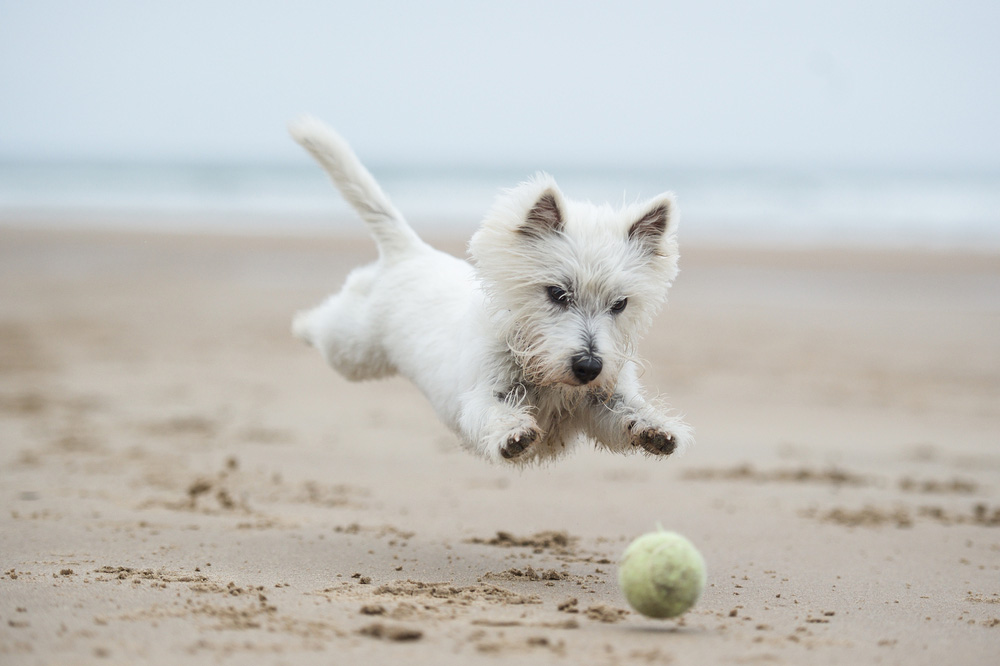We all love discovering new places, and so do our dogs. When bringing your dog on vacation, be sure to consider her disposition. Outgoing pooches may enjoy meeting new people, while our shyer friends will prefer a quieter experience. And while your older buddy will love being with you, she may appreciate a less-active getaway. Following are some great dog-friendly vacation ideas.
Explore a U.S. national park
Many U.S. national parks have designated dog-friendly trails and campgrounds. However, to protect undisturbed natural areas and wildlife, many sections in national parks are off-limits to dogs. Be sure to do your research to find the park that offers the best opportunities for exploring with your dog.
To encourage responsible pet ownership, the National Park Service launched the BARK Ranger program. BARK stands for:
- Bag your pet’s waste.
- Always leash your pet.
- Respect wildlife.
- Know where you can go.
Dog owners can pick up a BARK Ranger booklet at the park’s visitor center. By completing all the dog-friendly activities listed in the booklet, your dog can earn a BARK Ranger tag. Each tag is unique to a particular park and a great way to mark national park vacations with your pooch.

Take a lakeside vacation
Many lakefront cabins or guesthouses are pet-friendly and make for wonderful, peaceful getaways. Dogs who love the water will enjoy swimming or leaping from the dock in pursuit of a favorite ball.
What to consider:
- Not all dogs are natural swimmers. In fact, some breeds such as bulldogs and pugs will sink to the bottom of the water without a life jacket. Dog life jackets are also a must when boating and paddling and when dogs are weak swimmers.
- Monitor your dog when swimming to make sure she’s safe and doesn’t become overtired.
- Avoid water with blue-green algae.
- Keep your dog away from fishing gear.
- Use a waterproof collar as wet collars can cause skin irritation.
- The American Kennel Club (AKC) Canine Health Foundation offers a roundup of grooming tips to help dogs enjoy lots of swimming while on vacation.
Take a sightseeing RV trip
According to a Recreation Vehicle Industry Association 2015 survey, 61% of recreational vehicle (RV) owners bring their pets on trips. Among the top 10 reasons families give for choosing motor home vacations is the ability to see more for less and the opportunity to take pets along on the adventure. You don’t have to own an RV to enjoy this type of vacation. Cruise America, for example, offers pet-friendly RV rentals.
Tips when planning an RV trip with pets:
- Choose an RV with plenty of storage room and little or no carpeting. It’s best if the fabric on the seating and bedding can be removed and washed. The RV should have easy access for dogs and the ability to add a ramp for senior dogs. Avoid floor-to-ceiling windows as there’s a risk that dogs could break through them.
- Make a list of pet-friendly campgrounds before hitting the road. You can check out Campground Reviews for ideas. You’ll also want to identify pet-friendly activities while on the road.
- Take short trips in advance of your vacation to get your dog used to the smell, feel, and layout of the motor home.

Head to the beach
There’s nothing quite like watching a dog chasing a Frisbee on a wide-open beach or barking at waves as they crash on the shoreline. Luckily, there are plenty of dog-friendly beaches. They all have different rules and regulations, so choose carefully to ensure you and your best friend enjoy the experience.
Some beaches are off-limits to dogs during the summer but pet-friendly at other times of year. Some resorts open certain stretches of beach to dogs at certain times of day. And some beaches have strict leash laws, while others allow dogs to run loose in designated areas during off-hours. As a bonus, many pet-friendly beaches have restaurants that welcome dogs.
Beach safety tips:
- Bring fresh water to the beach as ocean water can sicken your dog.
- Don’t allow your dog to eat fish that have washed ashore.
- Not every dog knows how to swim. The ASPCA advises wading into shallow water with your dog on a long leash and see if she begins to paddle on her own. Monitor your dog carefully and call it a day when she begins to tire. Be especially watchful for strong currents and riptides, which can take you and your dog out to sea.
- Obey leash laws and allow your dog to run loose only if you have total recall. Don’t allow your dog off-leash if she isn’t friendly.
- Rinse sand and salt out of your dog’s coat and dry her coat and ears after playtime on the beach. Refer to the AKC Canine Health Foundation grooming tips for water dogs.
No matter which vacation you choose, don’t forget to take along your dog’s health records. You may need proof of vaccinations to enter some campgrounds, if you need to visit a vet, or when enrolling your dog in day care. Also, check that collar ID tags have current contact information. Microchipping is a great backup for reuniting lost pets with owners. Being well prepared is the key to having a wonderful vacation with your best friend.



